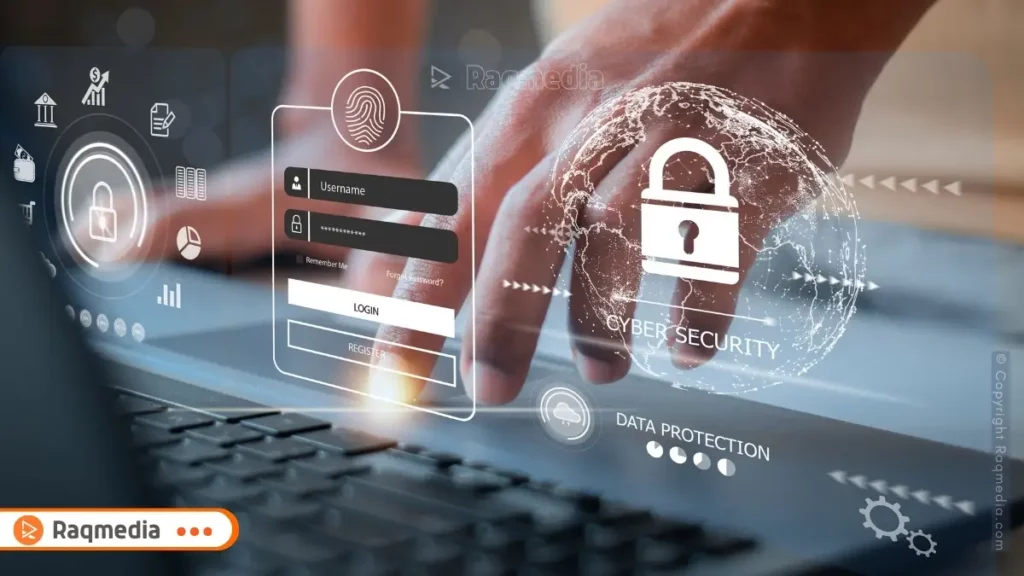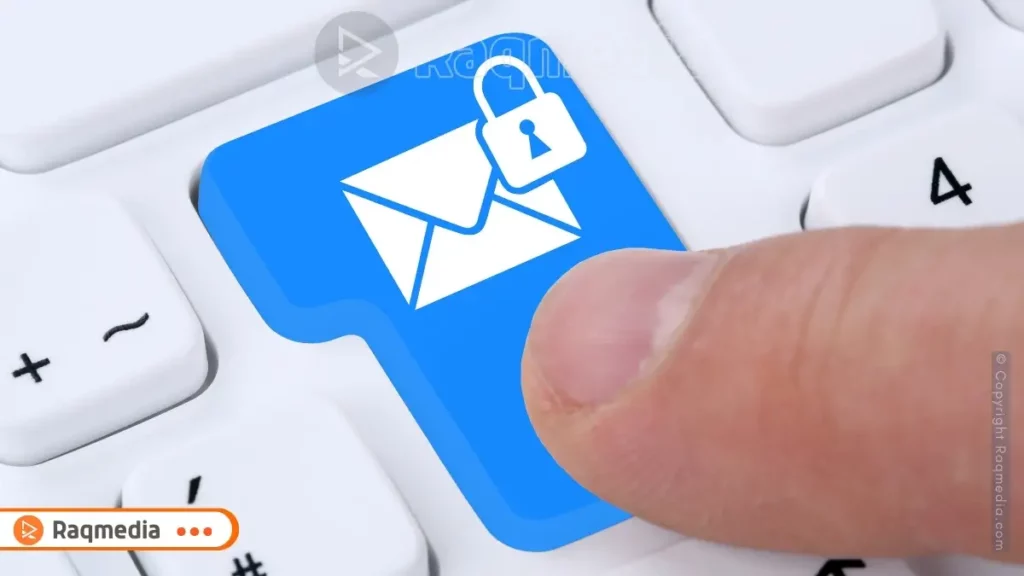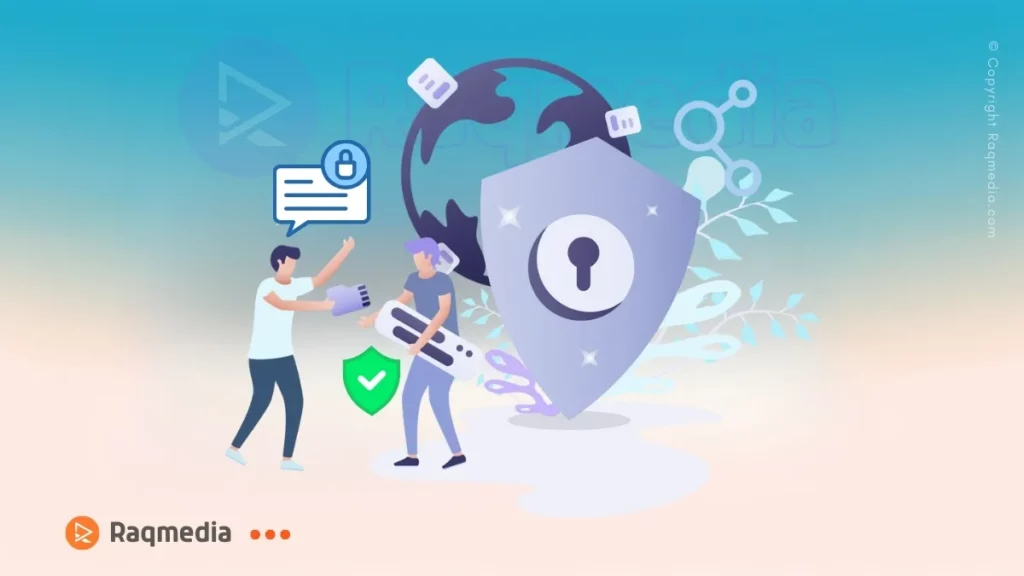In the digital age, where information flows effortlessly through networks and the touch of a button can unravel confidential conversations, the significance of encrypted messaging stands as a beacon of security in a sea of potential threats. Encrypted messaging serves as the fortification shielding our sensitive data from prying eyes, offering a shield for our most private exchanges amidst an increasingly interconnected world. Embracing encryption holds the key to safeguarding our digital footprints and nurturing confidentiality in communication channels that traverse vast cyber landscapes.
Cracking the Code: The Science Behind Encrypted Messaging
Within this realm of cryptographic guardianship lie revered methods like RSA, AES, and SSL/TLS – technological sentinels that cloak our messages in impenetrable armor. These encryption techniques are not mere buzzwords but rather intricate algorithms woven with precision to encode our words into gibberish to anyone without the designated decode.
As we delve into the science behind encrypted messaging, these tools unveil their prowess in ensuring secure transmission, confidently navigating through virtual thoroughfares where privacy is paramount and breaches are but distant echoes.

Join us on a journey where we decipher these codes, demystifying the realms of digital secrecy and empowering individuals to harness these technologies for fortified connections in an ever-evolving techscape.
Understanding Encryption Algorithms
In the realm of encrypted messaging, encryption algorithms like RSA (Rivest-Shamir-Adleman) and AES (Advanced Encryption Standard) serve as the bedrock of secure communication practices. These sophisticated cryptographic techniques are designed to safeguard sensitive data transmitted over digital channels by converting plain text into indecipherable ciphertext. Let's delve into how these algorithms function to ensure the confidentiality and integrity of information exchanged between parties.
RSA, a popular asymmetric encryption algorithm, operates using public and private key pairs. The public key is used for encryption, while the private key is employed for decryption. This method allows users to securely share encrypted messages without revealing their private keys. On the other hand, AES functions as a symmetric encryption algorithm where both parties use the same secret key to encrypt and decrypt messages. By understanding the nuances of these algorithms, individuals can grasp how encryption keys play a pivotal role in securing communication channels from eavesdroppers and cyber threats.
Moreover, secure transmission protocols such as SSL/TLS (Secure Sockets Layer/Transport Layer Security) reinforce messaging security by establishing encrypted connections between devices or servers. For instance, when browsing a website with HTTPS enabled, SSL/TLS protocols encrypt data exchanges between your browser and the site's server, shielding your personal information from potential interception.
Emphasizing the importance of encryption keys and robust protocols like SSL/TLS underscores how these elements collectively fortify the confidentiality and trustworthiness of encrypted messaging platforms in an increasingly interconnected digital landscape.
Keep your encrypted messaging apps, software, and devices up to date with the latest security patches and versions. Updates often include essential security enhancements that can protect your communications from newly discovered vulnerabilities. For example, Signal Messenger, known for its strong privacy features, frequently releases updates to bolster encryption protocols and address any potential flaws.
Real-world Applications of Encrypted Messaging
Encrypted messaging has revolutionized how individuals and organizations communicate securely in an era where data privacy is paramount. By safeguarding conversations from unauthorized access, encrypted messaging platforms like Signal, WhatsApp, and Telegram have become go-to options for users valuing confidentiality. For instance, journalists reporting on sensitive topics rely on end-to-end encryption to protect their sources and ensure the integrity of their communications.
In a corporate setting, the impact of encrypted messaging on privacy and confidentiality is profound. Case studies have highlighted how businesses secure their intellectual property and sensitive information by using encrypted channels for internal communication. By adopting robust encryption protocols, companies can prevent data breaches and maintain trust with their clients. In one notable example, a financial institution thwarted a phishing attack targeting employee credentials through the use of encrypted messaging, underscoring the efficacy of such platforms in defending against cyber threats.
Moreover, encrypted messaging has played a pivotal role in preventing cyber attacks that aim to intercept sensitive data or compromise systems. Instances where malicious actors attempted to infiltrate networks were foiled due to the high level of security provided by end-to-end encryption. By fortifying communication channels with encryption keys and secure transmission protocols like SSL/TLS, organizations bolster their defenses against eavesdropping and phishing attempts. These real-world scenarios underscore the vital role that encrypted messaging plays in fortifying cybersecurity measures across various sectors.
Evolution of Encryption Technologies
The evolution of encryption technologies represents a fascinating journey from ancient techniques to the sophisticated cryptographic methods employed in today’s digital age. Initially, encryption was predominantly used to secure military communications and diplomatic correspondence. Historical methods like the Caesar cipher, which involved shifting letters in the alphabet by a fixed number of positions, paved the way for more complex algorithms as civilizations advanced.
- Over time, encryption evolved to include symmetric key algorithms like DES (Data Encryption Standard) and AES (Advanced Encryption Standard) that allowed for faster and more secure data protection.
As cybersecurity threats became increasingly sophisticated, encryption technologies had to adapt to meet these challenges. The rise of public-key cryptography revolutionized secure communication by introducing asymmetric encryption where users have both public and private keys for encrypting and decrypting messages.

This advancement significantly enhanced the security of online transactions, email communication, and data storage. Moreover, protocols like SSL/TLS became integral for securing web traffic and protecting sensitive information shared over networks.
Looking ahead, the future of encrypted messaging holds exciting possibilities with emerging technologies such as quantum cryptography and blockchain-based solutions. Quantum cryptography leverages the principles of quantum mechanics to create unhackable communication channels through quantum key distribution. This revolutionary approach offers unprecedented levels of security by detecting any eavesdropping attempts on the transmission line.
Additionally, blockchain technology is being explored for enhancing encrypted messaging platforms by decentralizing communication networks and ensuring tamper-proof message integrity. These innovations showcase a promising trajectory for the evolution of encrypted messaging towards unparalleled security standards in an ever-evolving cyber landscape.
In conclusion, the relentless progression of encryption technologies underscores society's ongoing dedication to safeguarding sensitive information in an increasingly digitized world. By tracing this evolutionary path from antiquity to cutting-edge solutions like quantum cryptography and blockchain integration, we witness a continuum of innovation driven by the imperative need for robust data protection measures against evolving threats.
As we embrace these advancements, it becomes apparent that encrypted messaging is not just a tech trend but a fundamental pillar supporting privacy rights and secure digital interactions across diverse domains.
Challenges and Controversies Surrounding Encrypted Messaging
In the realm of encrypted messaging, one of the key challenges lies in navigating the intricate landscape of regulatory compliance while ensuring robust security measures. Encryption platforms often find themselves at a crossroads where they must balance providing impenetrable privacy for users with potential demands from law enforcement agencies for access to encrypted data. This delicate dance between safeguarding individuals' right to private communication and meeting legal obligations poses a significant challenge for companies offering encrypted messaging services.
The debate surrounding end-to-end encryption brings to light the ongoing tension between privacy rights and national security imperatives. While end-to-end encryption ensures that only the sender and receiver can access the content of their messages, it can also impede law enforcement investigations by creating barriers to intercepting malicious communications. This debate intensifies as governments seek to strike a balance between protecting citizens' data privacy and preventing criminal activities that leverage secure communication channels.
Keep your encrypted messaging apps, software, and devices up to date with the latest security patches and versions. Updates often include essential security enhancements that can protect your communications from newly discovered vulnerabilities. For example, Signal Messenger, known for its strong privacy features, frequently releases updates to bolster encryption protocols and address any potential flaws.
Adding an extra layer of security like two-factor authentication can significantly enhance the protection of your encrypted messages. By requiring more than just a password for access—such as a unique verification code sent to your phone—you can prevent unauthorized users from gaining access to your sensitive conversations. End-to-end encrypted platforms like WhatsApp offer 2FA options to augment their security measures and safeguard user accounts.
Moreover, controversies emerge around the concept of backdoors in encryption systems, particularly concerning government surveillance practices. The proposition of incorporating backdoors into encryption protocols raises concerns about potential vulnerabilities that could be exploited by malicious actors if discovered. Balancing the need for lawful access to encrypted data for national security purposes with upholding the integrity of encryption systems represents a complex ethical dilemma that encryption providers grapple with in today's digital landscape.
As public discussions heat up regarding the interplay between privacy, security, and governmental oversight in encrypted messaging, it becomes evident that finding common ground on these contentious issues is no easy feat. Encryption technologies continue to spark debates on how best to protect user data without compromising fundamental rights or undercutting essential security measures needed to combat evolving threats in cyberspace.
Best Practices for Ensuring Secure Messaging
In a world where data privacy is increasingly under threat, implementing best practices for secure messaging is paramount. Whether you are an individual concerned about personal conversations or an organization safeguarding sensitive information, following these guidelines can enhance your security posture. Firstly, it is crucial to choose encrypted messaging apps or services from reputable providers. Opting for platforms with strong encryption protocols and a track record of prioritizing user privacy can significantly reduce the risk of unauthorized access to your messages.
Educating users on common pitfalls in secure messaging is another essential aspect of maintaining digital confidentiality. Simple actions such as avoiding sharing sensitive information over insecure channels or being cautious about clicking on suspicious links can go a long way in protecting your data. For instance, emphasizing the importance of verifying recipients before sending confidential messages can prevent accidental disclosures.
Moreover, alongside encryption, implementing additional security measures adds layers of protection to your communications. This could include enabling two-factor authentication (2FA) for accessing messaging apps or regularly updating software to patch vulnerabilities. By staying abreast of the latest security features offered by messaging platforms and proactively utilizing them, users can create a more robust defense against potential threats.
By combining these best practices – selecting trusted providers, educating users on pitfalls, and enhancing security measures – individuals and organizations can fortify their messaging security infrastructure. As technology advances and cyber threats evolve, staying vigilant and proactive in ensuring secure communication channels becomes instrumental in preserving confidentiality and privacy in the digital age.
Impact of Encrypted Messaging on Cybersecurity Landscape
The global adoption of encrypted messaging platforms has significantly reshaped the cybersecurity landscape, ushering in a new era of data protection and privacy practices. By encrypting communications end-to-end, these platforms have bolstered cybersecurity measures worldwide by providing individuals and organizations with a secure means to exchange sensitive information without the risk of interception or tampering. This widespread adoption has forced regulatory bodies and industries to reevaluate their data protection standards to align with the advancements in encryption technologies.
Encrypted messaging has become a driving force behind the evolution of data protection regulations and compliance standards across various sectors. Industries such as finance, healthcare, and legal services have adopted encrypted messaging solutions to safeguard confidential client information and sensitive data. Compliance requirements now often mandate the use of encryption protocols like end-to-end encryption to ensure the confidentiality and integrity of communications. The influence of encrypted messaging on regulatory frameworks underscores its role in shaping modern cybersecurity best practices.
One key aspect that sets encrypted messaging apart is its emphasis on end-to-end encryption, which plays a pivotal role in protecting user privacy amid escalating cyber threats. Unlike traditional forms of communication where messages are susceptible to interception at various points, end-to-end encryption ensures that only the sender and recipient can access the content, shielding it from prying eyes or malicious actors. This heightened level of security afforded by end-to-end encryption not only enhances user confidence in digital communication but also raises awareness about the importance of privacy in an interconnected world.
Be vigilant when clicking on links or downloading attachments within encrypted messages, even from trusted contacts. Malicious links or attachments can circumvent encryption measures and compromise your data security. In instances where sensitive information needs to be shared, consider utilizing secure file-sharing services or verifying the sender's identity through alternative means before proceeding. For instance, ProtonMail advises users to remain cautious about URLs included in emails to prevent phishing attacks despite the platform's robust email encryption capabilities.
As cyber threats continue to evolve in sophistication and frequency, encrypted messaging serves as a crucial defense mechanism against unauthorized access and data breaches. The uncompromising security provided by end-to-end encryption instills trust among users and encourages them to prioritize privacy when selecting communication tools. By evaluating the impact of encrypted messaging on cybersecurity measures globally, it becomes evident that these platforms are instrumental in fortifying defenses against emerging threats while championing a proactive approach to safeguarding sensitive information in an increasingly digital ecosystem.
Embracing Privacy through Encrypted Messaging
The adoption of encrypted messaging plays a pivotal role in safeguarding privacy and enhancing cybersecurity measures in today’s digital landscape. The widespread use of end-to-end encryption ensures that sensitive information remains secure during transmission, offering users a sense of confidence in their online communications. By embracing encrypted messaging solutions, individuals and organizations can mitigate the risks associated with data breaches, cyber attacks, and unauthorized access to confidential conversations.
The impact of encrypted messaging on the cybersecurity landscape cannot be underestimated, influencing regulatory frameworks and compliance standards across various industries. As encryption technologies continue to evolve to counter emerging threats, the emphasis on user privacy remains at the forefront. End-to-end encryption has become a cornerstone for securing sensitive data from prying eyes, promoting trust among users who prioritize confidentiality in their online interactions.

As we navigate through an era where data privacy is paramount, encrypted messaging serves as a beacon of hope in an increasingly interconnected world. By understanding the importance of encryption algorithms, secure transmission protocols, and best practices for maintaining secure communication channels, individuals can actively contribute to a more secure digital environment. Embracing privacy through encrypted messaging not only protects personal information but also fosters a culture of accountability and respect for data security in our online interactions.
Frequently Asked Questions About Encrypted Messaging:
Q: What is end-to-end encryption?
A: End-to-end encryption ensures that only the sender and recipient can access the content of a message, preventing intermediaries or malicious actors from intercepting or reading private communications.
Q: Are all encrypted messaging apps equally secure?
A: Not all apps offer the same level of security. It's essential to choose reputable providers known for strong encryption protocols to ensure your data remains protected.
Q: Can encrypted messages be intercepted or hacked?
A: While no system is entirely foolproof, robust encryption methods like end-to-end encryption make it extremely difficult for unauthorized parties to intercept or decrypt messages during transit.
Q: How do I know if my messages are encrypted?
A: Most encrypted messaging services clearly state their use of encryption features. Look for terms like “end-to-end encryption” or “secure communication” within app descriptions or settings.
Q: Why is encrypted messaging important for personal privacy?
A: Encrypted messaging empowers individuals to communicate securely without fear of surveillance or data breaches, ensuring confidentiality and protecting sensitive information from unauthorized access.










The science behind encrypted messaging demystified! Explore the techniques that secure your online chats and keep your information private from prying eyes.